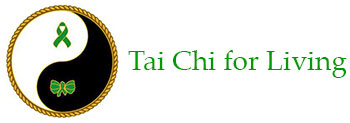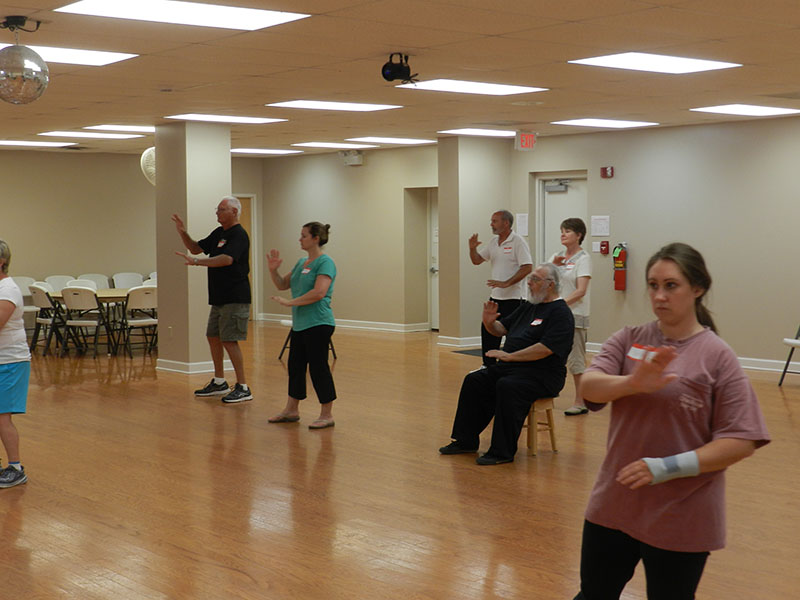Life is not measured by the amount of breaths we take
But by the amount of things that take our breath away
Everything exists while benefiting and reflecting each other
Switching between hardness and softness That is TAI JI
Welcome to Tai Chi for Living! The following includes information about Tai Chi and its benefits, the styles of Tai Chi, its essential principles and what is Qigong. I hope you find this information interesting and helpful as you practice Tai Chi and Qigong. If you have any questions please leave a comment.
What is Tai Chi? (also written T’ai chi, Taiji, Tai Chi Chuan)
Tai Chi originated from ancient China. It is originally a form of self-defense. It is now practiced throughout the world as an exercise for better health. Many scientific studies have proven that it is effective for health benefits.
Tai chi is
• suitable for almost anyone
• relieves pain and improves quality of life for people with arthritis
• relieves stress and improves concentration
• integrates body and mind
• increases flexibility, improves balance, fall prevention
Styles of Tai Chi:
Chen, (oldest) Yang (most popular in world), Wu Hao (more popular in Asia)
Sun (youngest style developed by Sun Lutang 1861-1932)
Six Essential Tai Chi Principles:
• Outward Movements: Do movements slowly without stopping (like water flowing in a river)
• Resistance: Imagine you’re moving against resistance (moving against dense air)
• Weight Transference: Be conscious of weight transference
• Posture: Maintain an upright posture and body alignment
• Song (relax and open): Loosen or “song” your joints (relax and gently stretch joints from within)
• Jing (focus): Focus on movements (breathing, balance, body alignment, avoid distractions)
What is Qigong?
Qigong or chi kung is the philosophy and practice of aligning breath, movement, and awareness for health of mind, body, and spirit.
Qigong breathing exercises: Diaphragmatic breathing, abdominal breathing, belly breathing or deep breathing is the act of breathing done by expanding one’s belly and thereby allowing the diaphragm to move down creating more room for the lungs to expand, rather than only through chest wall expansion/ movement of the rib cage.

